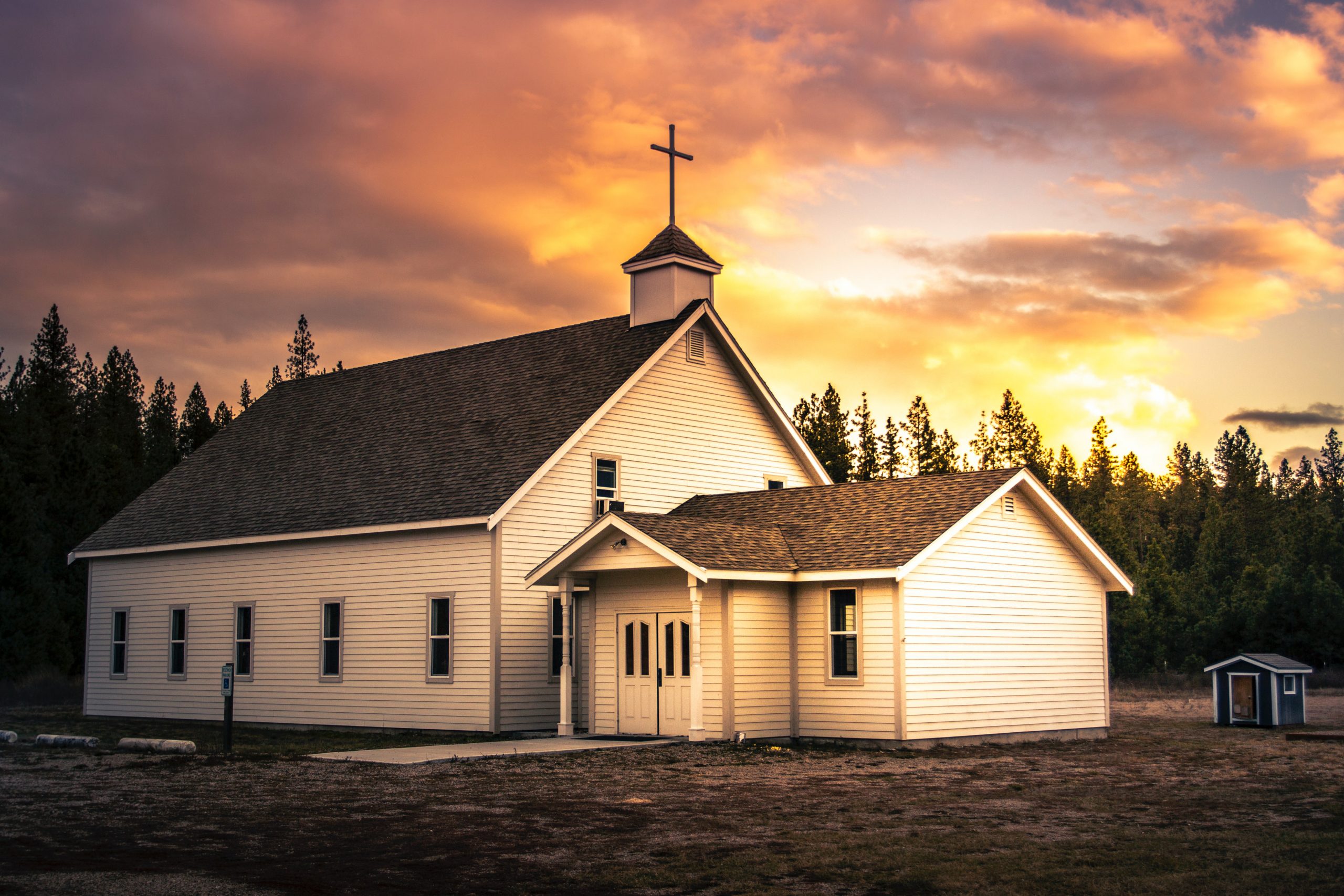The Legacy of the Reformation

This post was originally published in October 2018. –ed.
In medieval Europe, the Roman Catholic Church had a stranglehold on all matters pertaining to spiritual life. In an era when Bibles were rare and inaccessible to all but the clergy, the hierarchy of Rome established itself as the gatekeeper controlling access to Scripture, and thus to God. The priests granted forgiveness, bestowed blessing, and served as the arbiters of eternal reward.
By the 1400s, the church was overrun with layers of institutional corruption. Behind a transparent veil of piety, immorality and wickedness permeated the church. Throughout Christendom, church parishioners struggled to survive and eke out a humble existence, while the religious ruling class preyed on the people’s ignorance to line their pockets and expand their authority. Popes and archbishops lived reprobate lives of lavish excess and wanton lasciviousness. The church ruled with an iron fist, overseeing even governments and influencing all aspects of medieval life.
To its core, the medieval Roman Catholic Church was a breeding ground for heresy and spiritual deception. But even in the midst of its dominating corruption, the Lord was still redeeming His own and building His true church. Some churches existed and even thrived outside of Rome’s authority. The Lord also used bold and faithful men like John Wycliffe and John Huss to reject and repudiate extrabiblical Catholic dogma, to peel back its pious mask and expose the corruption within. Like the Puritans centuries later in England, these men did not seek to overthrow the church, but hoped to call it to repentance and help restore it to biblical orthodoxy. And for their efforts, both men were excommunicated and burned as heretics. (Wycliffe was retroactively excommunicated decades after his death. His body was actually exhumed and incinerated, his bones crushed, and the bones and ashes scattered in the River Swift.)
Although the Catholic Church went to extreme measures to silence Wycliffe, Huss, and others like them, the truth they preached survived and paved the way for an earnest German monk to carry on their legacy and strike a decisive blow against the papal fortress. Like those before him, Martin Luther did not set out on an overtly rebellious course to overthrow or upend the Church. But out of his fervent study of Scripture and through the illumination of the Holy Spirit, Luther came to a saving knowledge of the Lord Jesus Christ and to a clear understanding of Rome’s deviation from the truth of the gospel.
Historians identify the flashpoint of the Reformation as October 31, 1517, the day Luther nailed his Ninety-Five Theses to the door of the Castle Church in Wittenberg. In that pivotal treatise, Luther, not yet converted, argued against the abusive traditions of the Catholic Church—particularly the sale of indulgences.
Indulgences were a means for Catholics to buy their way out of penance and purgatory. They could also be purchased on behalf of deceased loved ones. With an extremely high mortality rate and an equally short life expectancy—and with the church’s threat of eons in purgatory constantly hanging overhead—most people would leap at any hope to avoid languishing in the afterlife, in some holding place short of heaven.
Under Pope Leo X, the medieval church used the sale of indulgences to support the construction of elaborate structures like St. Peter’s Basilica in Rome. [1] A savvy monk named Johann Tetzel was one of their most successful salesmen.
Tetzel was ingenious in his mischief, perfecting a masterful sales pitch to prey on the credulous simplicity of Catholic parishioners. He would famously exhort the crowds with the promise, “As soon as the coin in the coffer rings, the soul from purgatory springs.” To a customer base of illiterate, superstitious peasants, what greater hope could there be?
Luther was furious over Tetzel’s church-sponsored extortion. His Ninety-Five Theses constituted a public repudiation of the practice and a direct assault on the greed of the Church. Thesis eighty-six put the blame squarely on Pope Leo himself: “Why does not the pope, whose wealth is today greater than the wealth of the richest Crassus, build this one basilica of St. Peter with his own money rather than with the money of poor believers?”
Those Ninety-Five Theses ignited the Reformation, but they did not constitute its primary battleground. In fact, Luther had not yet come to true faith and repentance at the time of their writing—he was saved shortly thereafter. The doctrine of justification by faith is of course an insurmountable argument against the sale of indulgences, so it is significant that the Ninety-Five Theses omit any mention of that doctrine. It indicates that Luther’s “Tower Experience,” when he finally understood what it means to be justified by faith alone, occurred sometime after the posting of the theses. Scholars and historians cannot determine the precise year when Luther first had his awakening, but Luther spoke of it often, and he seemed to view it as the moment of his true conversion. Here’s how he described what happened:
The words “righteous” and “righteousness of God” struck my conscience like lightning. When I heard them I was exceedingly terrified. I thought if God is righteous, he must punish. But when by God’s grace I pondered, in the tower and heated room of this building, over the words, “He who through faith is righteous shall live” [Romans 1:17] and “the righteousness of God” [Romans 3:21], I soon came to the conclusion that if we, as righteous men, ought to live from faith and if the righteousness of God should contribute to the salvation of all who believe, then salvation won’t be our merit but God’s mercy. My spirit was thereby cheered. For it’s by the righteousness of God that we’re justified and saved through Christ. These words [which had before terrified me] now became more pleasing to me. The Holy Spirit unveiled the Scriptures for me in this tower. [2]
The truth that believers are justified by faith alone became the focus of the entire reformation debate. That principle (sola fide) is therefore known as the material principle of the Reformation. But it was the formal principle of the Reformation, sola scriptura—the authority and sufficiency of Scripture—that motivated Luther to write and post the Ninety-Five Theses. His commitment to that principle was evident even in his earliest writings before his conversion.
John Calvin, Ulrich Zwingli, Philip Melanchthon, Theodore Beza, John Knox, and many more shared that same conviction and fought the same fight on different fronts to rescue and preserve the authority of God’s Word in His church against the tyranny of the pope and the heresies of the Catholic Church. The supremacy and authority of Scripture was the beating heart of the Reformation from which all its other core tenets flowed.
In defense of his work at the Diet of Worms, Luther famously proclaimed his submission to Scripture alone:
Unless I am convinced by the testimony of the Scriptures or by clear reason (for I do not trust either in the pope or in councils alone, since it is well known that they have often erred and contradicted themselves), I am bound by the Scriptures I have quoted and my conscience is captive to the Word of God. I cannot and will not retract anything, since it is neither safe nor right to go against conscience. May God help me. Amen. [3]
Five hundred years later, faithful men serve in the shadow of these great warriors of God and work to carry on their legacy of biblical fidelity and gospel truth. Moreover, we carry on their protest, not merely against Rome, but against any system, church, or self-styled shepherd who deviates from the Word of God in the life of the church. And tragically, the twenty-first century church may be facing greater threats than it ever endured under Rome.





